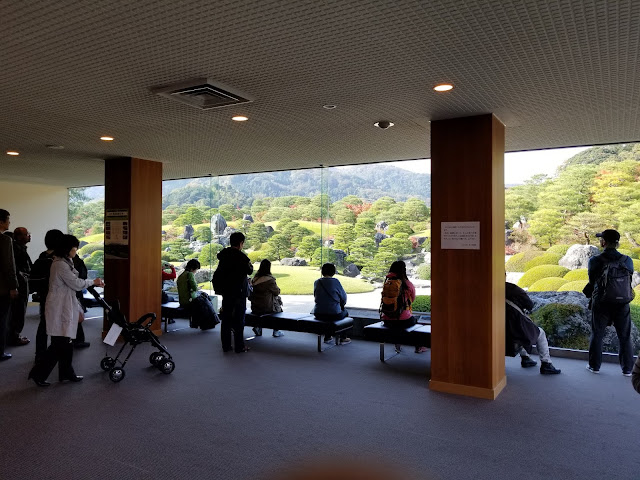This article was updated on 21 Sep 2021 to clarify the rail trip to the museum.
When visiting Japan, every itinerary will and should include museum visits. Each museum is unique, range in size from large to small, and each usually specializes in one of a wide variety of different subjects. The types of museums include: national (many located in Tokyo), prefectural, municipal, company, and private. These museums are well worth the time to visit given your particular interests and are located throughout the country from the largest cities to the smallest villages.
This article covers a 03 Nov 2019 visit to a company museum located in the city of Kitakyushu on Japan's southern-most main island of Kyushu. Company museums can be glorified places to advertise products, but most are informative about the industry or product the company specializes in. Many times, the museum is located adjacent to the company's production facility, so it is possible to take a factory tour and see the museum in one visit. In this instance, the museum is located on the grounds of company headquarters, next to a production facility, but tours are not given.
From the picture at the top of the article, you probably have guessed that this museum involves toilets and you would be partially correct. While toilets are a large well-known part of the products offered, the company is also known for its kitchen and bathroom fixtures. However these are not just any toilets, these toilets are manufactured by Toto. Toto is credited with being the first to develop and market washlets, probably Toto's most famous product today. Not only do modern washlets wash and dry toilet users, they also come with heated seats, automated flushing capabilities, play sounds to mask toilet noises, and automatically open and close lids. You will find these toilets throughout Japan, both in private and public bathrooms. Please read the rest of the article to find out more about this unique only in Japan museum and to see more photographs.






